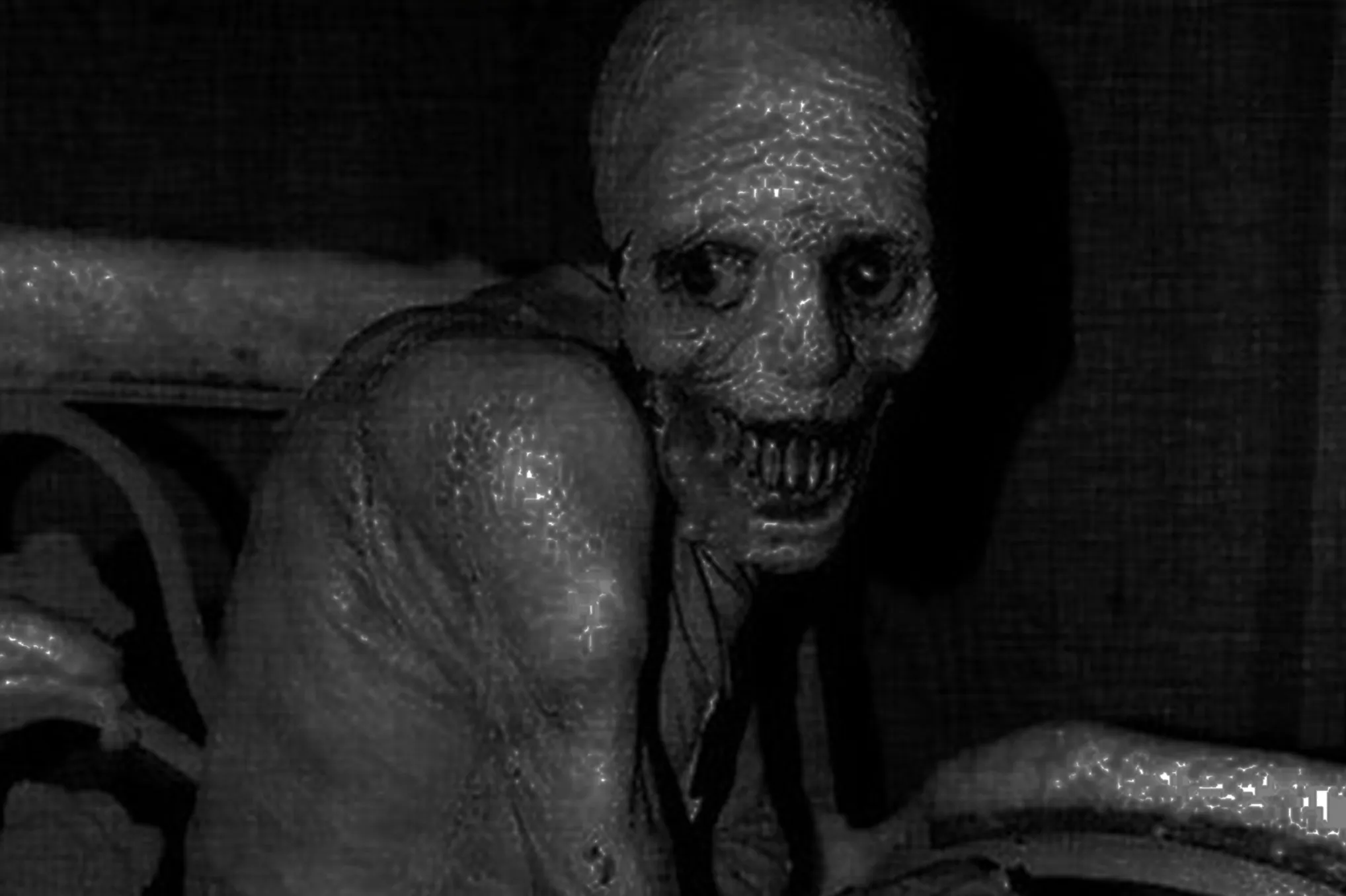Profiling Serial Killers

In designing realistic and interesting characters I can see using profiling as a new tool. As I contemplate this, I see a few great reasons that support profiling.
We all want to create characters that are realistic for many obvious reasons. The characters should seem real and simply make sense to the reader. They need to adhere for the most part to conventional norms that the reader is used to seeing in the books they read.
Statistically, serial killers are usually middle-aged white males. They are also generally unremarkable in appearance and personality. They are in essence, plain, and boring on the outside. This is how the world will usually see them.
In creating our characters, we must balance these expectations but also add some elements or behaviors that make them interesting to the reader. If we don’t do this, the reader will get bored and toss the book aside. I have abandoned many books over the year that had uninteresting characters.
Let’s look at the antagonist in Silence of the Lambs by Thomas Harris that we just read last week. Buffalo Bill fits’ the basic stereotypes discussed previously, middle aged white male and uninteresting.
With Buffalo Bill, the author Thomas Harris added some characteristics and behaviors that made him an interesting character to read. He had a strange moth collection and a little white dog that was a contract to him. First of all, he was a loner. He also liked to sit naked in his basement and make his own clothing out of his victim’s skin. He was interesting.
As I think about writing my own characters, I can see the advantages of using some stereotypes while balancing with interesting elements and behaviors. This way I can keep them interesting while providing traits that the reader is expecting.






